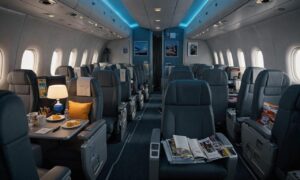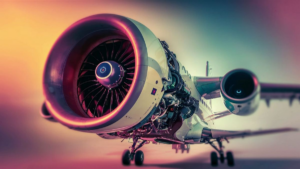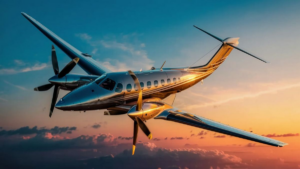When it comes to single-engine piston aircraft, range is a crucial factor for pilots and operators. The ability to cover long distances on a single tank of fuel can greatly enhance the utility and efficiency of an aircraft. In this article, we will delve into some of the longest-range single-engine piston aircraft available in the market today.
Highly Efficient Design
The design of a single-engine piston aircraft plays a significant role in determining its range. Aircraft manufacturers employ advanced aerodynamics and lightweight materials to maximize fuel efficiency and extend the aircraft’s range.
Advanced Avionics
Modern single-engine piston aircraft are equipped with advanced avionics systems that optimize fuel consumption and navigation. These avionics include features such as fuel flow monitoring, GPS navigation, and real-time weather updates, allowing pilots to make informed decisions to conserve fuel and maximize range.
Long-Range Tanks
Many single-engine piston aircraft offer optional long-range fuel tanks, which significantly increase the aircraft’s endurance and range. These tanks are typically installed in the wings or fuselage, allowing the aircraft to carry more fuel without compromising performance.
Leading the Pack
Among the contenders for the title of the longest-range single-engine piston aircraft is the Diamond DA40 NG. With its efficient design and optional long-range tanks, the DA40 NG boasts an impressive range of over 1,000 nautical miles, making it a popular choice for pilots who require long-range capabilities.
Another Contender
Another notable aircraft in this category is the Cirrus SR22T. Equipped with a turbocharged engine and optional long-range tanks, the SR22T offers a range of over 1,000 nautical miles, making it an ideal choice for cross-country flights.
While there are several contenders for the title of the longest-range single-engine piston aircraft, the Diamond DA40 NG and Cirrus SR22T stand out for their impressive range, efficient design, and advanced avionics. Whether for business travel, recreational flying, or flight training, these aircraft offer unmatched capabilities for pilots seeking long-range performance.
Enhanced Safety Features
Modern advancements in safety technology are also paramount in the design of single-engine piston aircraft. Features such as traffic alert systems, terrain awareness and warning systems (TAWS), and autopilot functionalities contribute to safer flights, providing peace of mind to pilots and passengers alike.
Integrated Cockpit Systems
Integration of cockpit systems is a crucial aspect that enhances the efficiency and safety of single-engine piston aircraft. These integrated systems streamline operations for pilots, allowing for better management of fuel consumption, navigation, and communication, ultimately contributing to extended range and improved safety.
Fuel Management Strategies
Implementing effective fuel management strategies is essential for maximizing the range of single-engine piston aircraft. Pilots are trained in techniques such as lean-of-peak operations and altitude optimization to minimize fuel consumption while maintaining optimal performance, enabling them to reach farther destinations.
Frequently Asked Questions
Here are some commonly asked questions regarding long-range single-engine piston aircraft:
| Question | Answer |
|---|---|
| 1. Can single-engine piston aircraft fly long distances? | Yes, with advancements in design, avionics, and fuel management, many single-engine piston aircraft can cover significant distances on a single tank of fuel. |
| 2. Are long-range tanks necessary for extended flights? | Long-range tanks are not always necessary, but they can significantly enhance the range and endurance of single-engine piston aircraft, making them suitable for longer flights. |
| 3. What role do avionics play in extending range? | Advanced avionics systems optimize fuel consumption, provide accurate navigation, and offer real-time weather updates, enabling pilots to make informed decisions that conserve fuel and extend range. |
See also:






